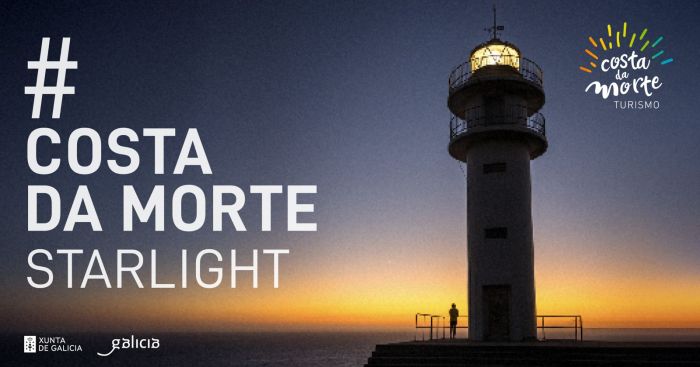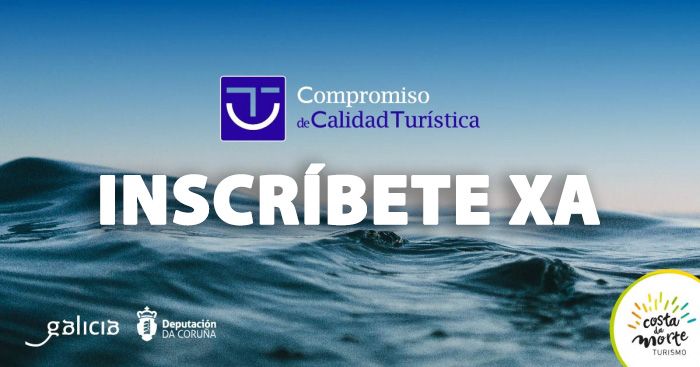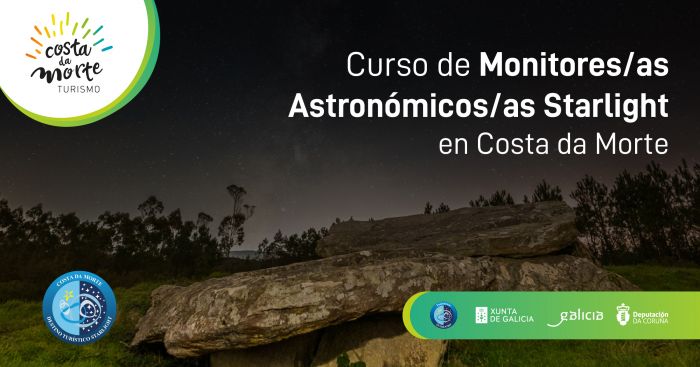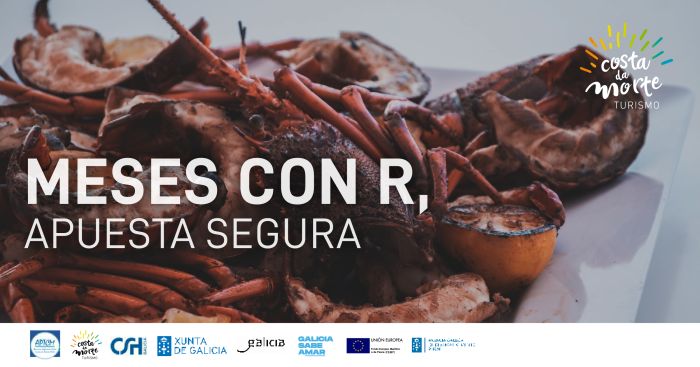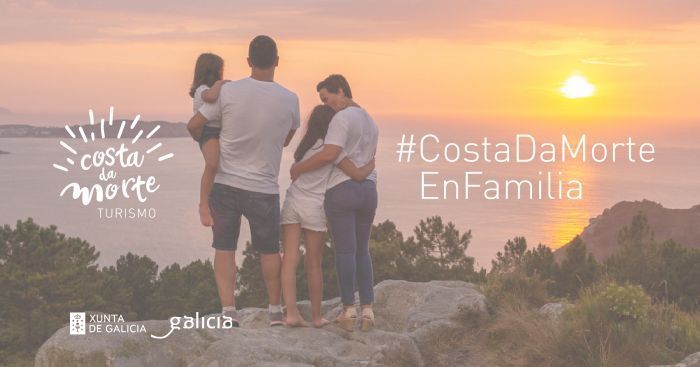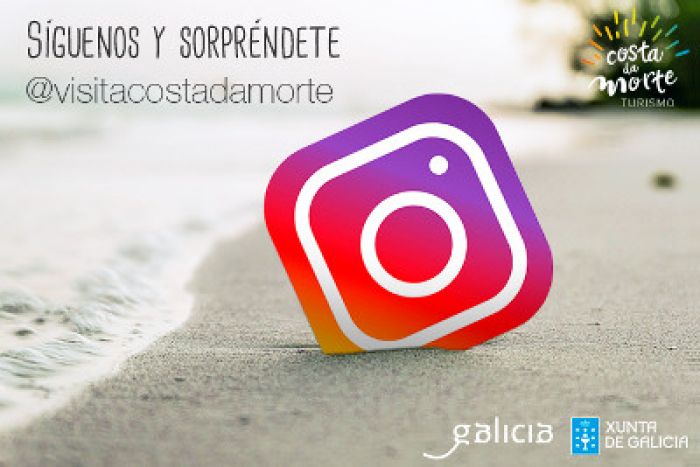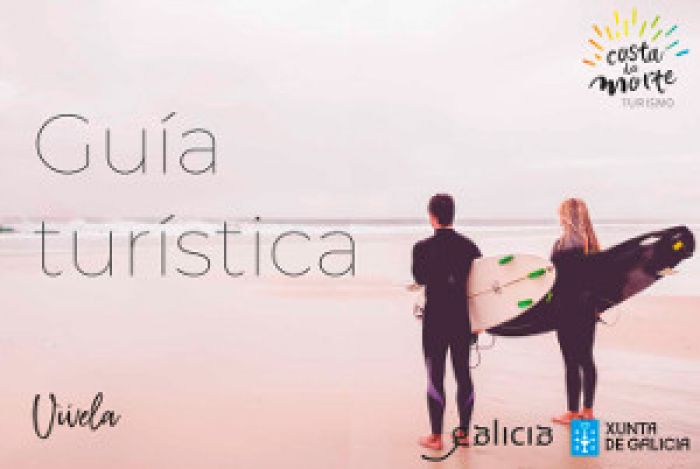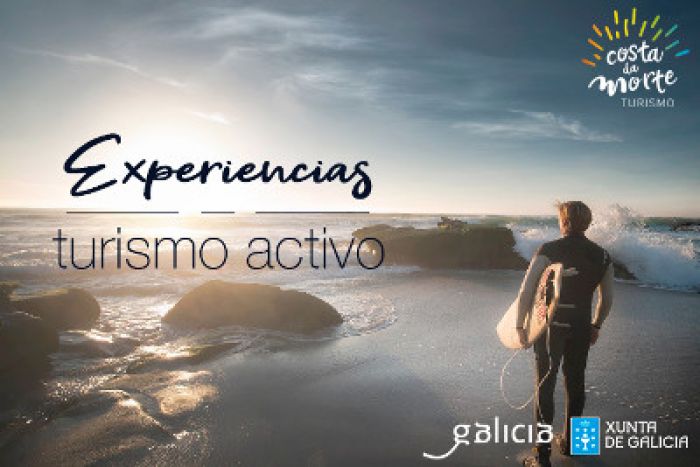Interview with Juan Blanco, Mayor of Mazaricos
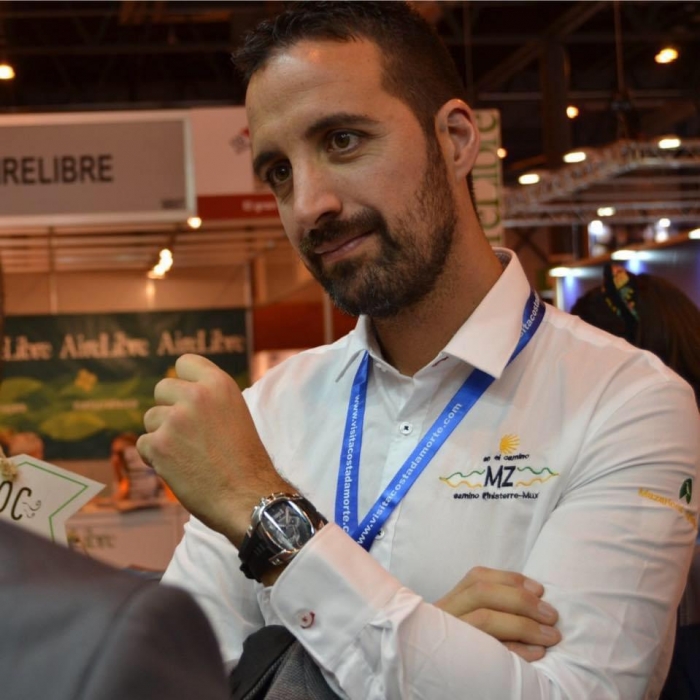
We begin our interviews with the town councils of Mazaricos. Mazaricos is located in the northwest of Galicia, in the southwest of the province of A Coruña. This municipality offers the typical lush landscape of Galicia.
In Mazaricos you can enjoy activities and landscapes for all tastes, forests, waterfalls and wonderful megalithic constructions.
Today we show you the town hall from the point of view of Juan Blanco, Mayor of Mazaricos. Here are his best answers:
What feelings does Costa da Morte awake for you? What does it mean for you?
There are people who come to Costa da Morte with that idea of the Romans that the world ends there, that the sun sets in the waters and there is nothing beyond. It is a very romantic vision, but we have a different and no less literary vision: for us it is not a place where the world ends, but where the world is. Our world. It is an environment that we know well, far from the big tourist circuits and with a very marked personality that is given by our landscapes, by our climate and even by our way of inhabiting the territory. Surprising cliffs, but also green pastures, rocky mountains, resounding pines, ancient oak trees, monumental villages... Curiously, some of the areas most worth visiting on the Costa da Morte are inland.
Three reasons to discover it
- To tell it before anyone else: I am sure that many tourists know the Rías Baixas, but how many dare to go further north?
- The gastronomy, which is very "authentic", with local products in the traditional way.
- And our unbeatable landscapes.
What time of the year do you like Costa da Morte the most and why?
The end of summer and the beginning of autumn, when the weather is still good and it is not too hot or rainy. September is an ideal month for a quieter and less crowded tourism.
For tourists who come to visit you outside the summer season, what experiences are not to be missed?
Without a doubt, hiking. We also have routes that lend themselves to cycling, and in fact we hold a very popular BTT route every year.
Apart from the Chacín waterfall, what other places or experiences are not to be missed?
The rest of the waterfalls in Mazaricos, of which there are quite a few. Noveira, a spectacle of rock and water. Gosolfre, in a natural environment of dense Atlantic forest. The Fírvado, where you can sit on a swing to enjoy the place. Or Santa Locaia, with its mysterious "well of bells".
Galicia in general, and Costa da Morte in particular, are synonymous with good food. Any recommendations of typical dishes to discover Mazaricos through the palate?
Meat and bread. Mazaricos is an eminently agricultural and livestock farming town and this can be seen in our main products. We are the main dairy producer in Galicia and, also linked to cattle farming, an exceptional meat producer. A Mazaricos T-bone steak is not quickly forgotten.
Naturally, the importance of livestock farming brings with it the importance of cereals. In the fields of Mazaricos, wheat and corn reign supreme. Our bread is very famous outside the municipality. It is made by hand, in a wood-fired oven, from a very characteristic variety of local wheat, which gives it not only flavour but also a special colour. Mazaricos bread is distinguished with the palate but also with the eye.
Just as we are experts in bread, we are also experts in related products such as empanadas. A prawn pie with corn dough made in Mazaricos is something else.
And we cannot forget our traditional bollo de pote. A product that was echoed by Rosalía de Castro herself and that we exalt annually in a celebration that we will resume when the pandemic allows us and that brings together hundreds of people, neighbours and visitors in the Picota.
What do the people who visit you tell you? What do they love most about their stay in Mazaricos? And about Costa da Morte?
How close everything is. Just a stone's throw from Santiago or A Coruña for those who want to get to know the Galician cities. It is also close to the Rías Baixas, a very common destination for visitors. In this Xacobeo year, a visit to Mazaricos is a great complement to a trip to Santiago. It is a way of getting off the beaten tourist track and seeing "the real Galicia". People who visit us like that.
Your three favourite beaches in Costa da Morte, why those, and for surfing and other water sports activities?
I already mentioned that Costa da Morte also has a lot of inland to see. Also in beaches. The fluvial beach of Pontenova is a place where you can enjoy a good swim in the river, sunbathe on the grass or even enjoy a good meal in the area set up as a picnic area. For bathing there is also a wonderful municipal swimming pool with free access. And, outside Mazaricos, we cannot forget some places like the beaches of Ézaro or Carnota, of course, so close to Pindo that for Mazaricos it is a "border" with the sea.
For the lovers of hiking... Which one do you recommend in your municipality? And which is your favourite one in Costa da Morte?
Soon we are going to have a spectacular route along the river Xallas that will link Zas and Santa Comba with Mazaricos. It is going to be a very attractive route, but to get ready we have some accounts without leaving our municipality. In addition to the waterfalls, there is the ornithological route. No less than 26 kilometres that covers ideal points for the observation of birds that nest here and are in danger of extinction, such as the sea raven. For those who want to get to know our heritage, the route of feiras vellas is a destination to take into account. It runs through the historic sites of the fairs of Mazaricos, between the Romaxe chapel and the Roman bridge of Ponteolveira, on the border with Dumbría. It is so old that in the first half of the 19th century it was already included in Domingo Fontán's Carta Geométrica de Galicia (Geometric Chart of Galicia). And don't forget the Way of St. James, with two variants in Mazaricos.
What place do you think is the great unknown in Costa da Morte but has a great interest or potential?
Well, the devesa of Anllares, another of the riches of the interior of Costa da Morte. It is the most western autochthonous forest in Galicia and one of the most important.
Where do we find the best sunset?
Well, at the viewpoint of Enxilde, of course! It is also called Padre Sarmiento because from there he described the famous illustrated Monte Pindo. It is spectacular to see the sunset from behind the mountain and over the waters of the Santa Uxía reservoir. From there you can see clearly until Fisterra while the day is fading. You can't count it, you have to see it.





